Massachusetts and California are the most energy-efficient U.S. states for 2016

A ‘dramatic Photo finish’ for the Bay and the Golden State
A ‘dramatic Photo finish’ for the Bay and the Golden State
The American Council for an Energy-Efficient Economy (ACEEE) released in September ‘The 2016 State Energy Efficiency Scorecard’ report which ranks states on their energy efficiency policies and program efforts. With this 10th edition of the Scorecard, ACEEE aims to encourage states to continue strengthening their commitment to efficiency, thereby promoting economic growth and environmental benefits.
The Scorecard examines the six policy areas in which states typically pursue energy efficiency:
· Utility and public benefits programs and policies
· Transportation policies
· Building energy codes and compliance
· Combined heat and power (CHP) policies
· State government–led initiatives around energy efficiency
· Appliance and equipment standards
The winners and the TOP 10
This year, the top spot is shared between California and Massachusetts, with the Bay State earning the #1 position in each of the previous five years. It is the first time it shared 1st place with the Golden State, which last held the title in 2010. The winner States scored an impressive 45 points out of a possible 50, and the scores of both were improved over last year’s (1 and 1.5 point for Massachusetts and California respectively). It seems that competition between the states did indeed help drive progress!
The other States in the top 5 are: Vermont (#3), Rhode Island (#4), Connecticut and New York (tied for #5), all of them being among the leaders in the past, showing the continuing commitment and progress of the top tier states. The top 10 is completed with states that have well-established efficiency programs such as Oregon (#7), Washington state (#8), Maryland (#9), and Minnesota (#10).
The most and less improved States
Missouri was the most-improved state this year, adding 5 points to its score thus leaping an impressive 12 positions in the rankings (improvements shown in utility savings, transportation, building energy codes, CHP, and state government-led programs). Maine and Michigan also showed remarkable progress, and just missed the top-10 list, going up three spots to tie for 11th. On the other hand, Illinois fell the farthest, losing 4.5 points and falling three positions in the rankings. This drop shows the need for states to consistently update and improve their policies.
The lead author of the scorecard, ACEEE’s Weston Berg, put it this way: “Over the last 10 years, we have seen that many if not most innovative policies and programs that promote energy efficiency originate at the state level. As a cost-effective compliance option, efficiency is a valuable addition to any state’s policy toolkit, saving money, driving investment across all sectors of the economy, creating jobs, and reducing the environmental impact of energy use.”
Source: ACEEE
Source: ACEEE
Want to read more like this story?

State of Oklahoma Acknowledges Drilling is Responsible for Earthquakes
Apr, 21, 2015 | NewsThe state of Oklahoma’s energy and environment cabinet unveiled a new website this week that h...

World Sustainable Energy Days 2018 in Wels, Austria
Feb, 01, 2018 | NewsOne of the largest conferences on sustainable energy One of the largest conferences on sustainable...
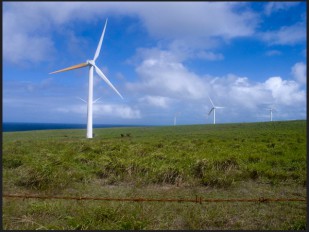
Hawaii Sets Goal for 100% Renewable Energy
May, 08, 2015 | NewsThe Hawaiian Legislature passed a bill this week setting a goal for the state of reaching 100% renew...
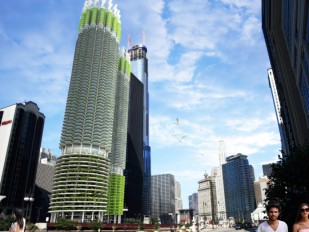
EU regulations on energy performance of buildings to be revised
Jul, 08, 2016 | NewsNowadays, all buildings are rated for energy consumption and specific legislation in the EU aims to...
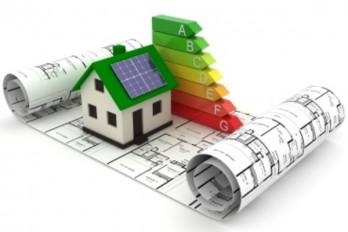
EU Parliament is updating the EU's rules to further improve the energy efficiency of buildings
Apr, 12, 2018 | NewsFrom January 1st, 2021, all new buildings in the EU should use little or no energy for heating, cool...

By 2050, half of the EU citizens could be generating their own renewable energy
Oct, 10, 2016 | NewsA people-powered energy revolution is possible and may be close at hand A people-powered energy r...
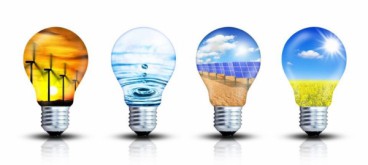
UN’s report: Record amount of renewable energy capacity added in 2016
Nov, 08, 2017 | NewsLargely due to rapidly falling costs of clean energy, global renewable energy capacity jumped 8% las...
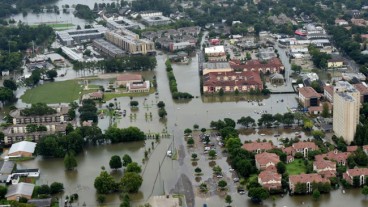
Emergency Response to Louisiana Flooding Continues
Aug, 19, 2016 | NewsThe Louisiana State Government continues to send aid in response to the mass flooding throughout muc...
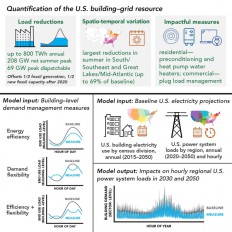
Control building energy demand to preserve the electrical power resources
Jul, 07, 2021 | NewsA new study conducted in the United States quantifies how the optimization of the consumed energy in...
Trending

Vertical gardens in Mexico City to combat pollution

Saudi Park Closed After 360 Big Pendulum Ride Crashes to Ground, 23 injured

Characteristics of Load Bearing Masonry Construction

Taipei 101’s impressive tuned mass damper

Dutch greenhouses have revolutionized modern farming

Federal court rules Biden’s offshore drilling ban unlawful


